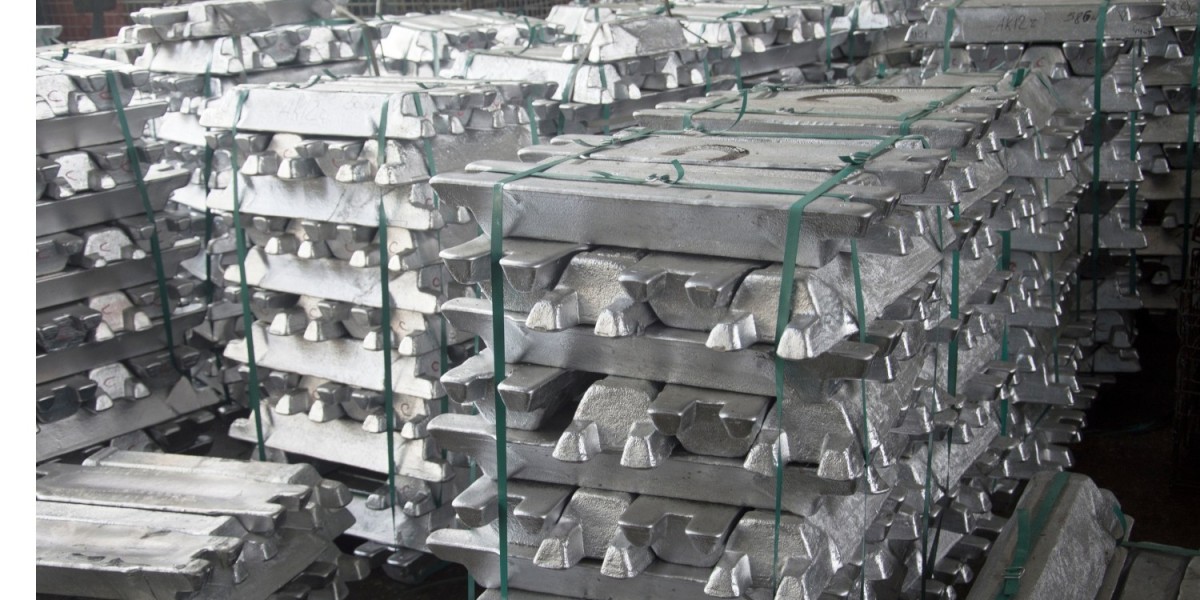Precision casting, also known as investment casting or lost-wax casting, is a versatile and intricate process used to create complex metal parts with high accuracy and excellent surface finish. From aerospace components to jewelry, Precision casting finds applications in various industries due to its ability to produce intricate shapes with tight tolerances. In this guide, we'll delve into the detailed steps of Precision casting, covering everything from pattern creation to finishing touches.
Pattern Creation:
- The process starts with the creation of a master pattern, typically made from wax, plastic, or even metal. This pattern represents the final part's shape and dimensions.
- Skilled craftsmen or advanced CAD software are used to design and fabricate the pattern. CAD software allows for precise adjustments and iterations to ensure the final product meets the desired specifications.
- Once the master pattern is ready, it is mounted on a gating system, which includes channels and vents for the molten metal to flow through and air to escape.
Investment or Mould Making:
- The mounted pattern is then dipped or coated with a ceramic slurry multiple times, allowing each layer to dry before the next application. This process builds up a ceramic shell around the pattern.
- After several layers, the ceramic shell is allowed to cure thoroughly, forming a rigid mould. The mould is then heated to melt or vaporize the original pattern, leaving behind a cavity in the shape of the desired part.
Metal Casting:
- The prepared mould is preheated to the desired temperature to prevent thermal shock when the molten metal is poured.
- Molten metal, typically aluminum, bronze, or steel, is poured into the mould cavity through the gating system.
- The filled mould is allowed to cool and solidify, capturing all the intricate details of the original pattern.
De-moulding:
- Once the metal has solidified, the ceramic shell is broken away, revealing the metal casting inside.
- Any remaining ceramic material is removed through various methods such as vibration, sandblasting, or chemical dissolution.
Finishing:
- The casting may undergo additional finishing processes to remove any imperfections, such as excess metal or rough surfaces. This can include grinding, sanding, or machining.
- Surface treatments like polishing, plating, or painting may be applied to enhance the appearance or functionality of the part.
- Quality control inspections are conducted to ensure the final product meets the required standards and specifications.
Post-Casting Operations:
- Depending on the application, additional operations such as heat treatment, welding, or assembly may be necessary to complete the part.
Precision casting offers numerous advantages, including high dimensional accuracy, intricate detail reproduction, and the ability to cast a wide range of metals. However, it requires skilled craftsmanship, careful attention to detail, and strict process control to achieve consistent results. With proper technique and quality materials, Precision casting can produce complex parts with exceptional quality and reliability.







